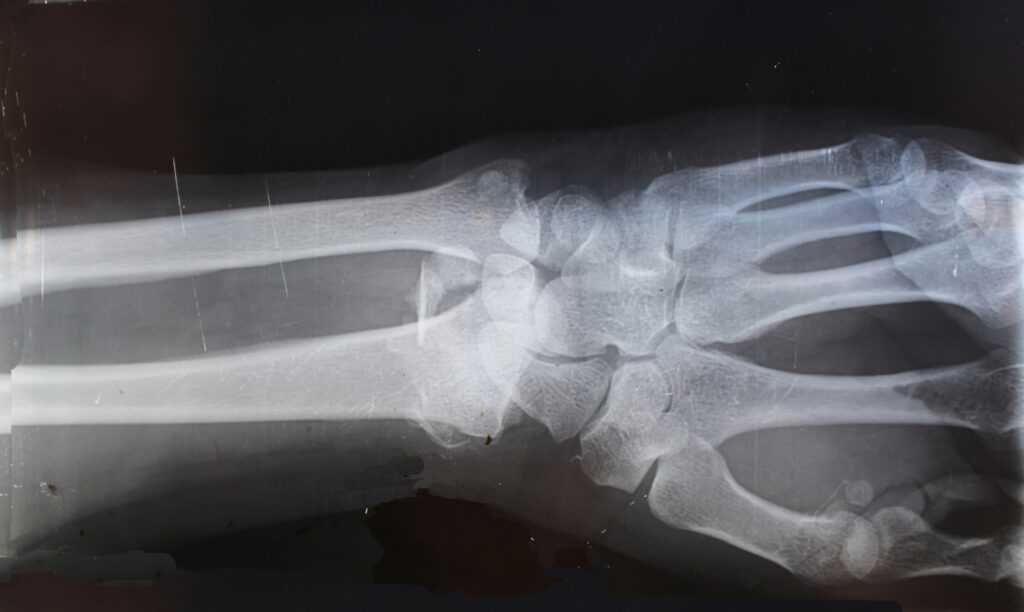Understanding Common Running Injuries
Running injuries often occur without warning, disrupting training and daily activities. Understanding these injuries aids in prevention and management.
Types of Running Injuries
Runners frequently encounter specific injuries.
- Shin splints cause pain along the shinbone and typically arise from overuse.
- Plantar fasciitis affects the bottom of the foot, leading to heel pain.
- Runner’s knee involves pain around the kneecap, primarily due to repetitive stress.
- Stress fractures are small cracks in bones from repetitive impact. Achilles tendinitis causes pain along the back of the leg near the heel.
Causes of Common Injuries
Several factors contribute to running injuries. Overtraining without adequate rest increases injury risk. Improper footwear can lead to misalignment and impact issues.
Incorrect running form places undue stress on certain body parts. Running on hard or uneven surfaces adds to the strain. Skipping warm-ups and cool-downs reduces muscle flexibility, elevating injury risk.
Essential Running Gear for Injury Prevention
Selecting appropriate running gear plays a crucial role in preventing injuries and enhancing performance.
Proper Footwear
Wearing the right running shoes can significantly reduce injury risks. Shoes should provide sufficient cushioning and support specific to your foot type.
For instance, individuals with flat feet might need stability shoes, while those with high arches may benefit from cushioned shoes.
Ensure the shoes have adequate shock absorption and fit comfortably with about a thumb’s width of space at the toe.
Rotating shoes every 300-500 miles prevents wear-related injuries.
Supportive Apparel
Supportive clothing helps maintain comfort and stability during runs. Compression gear, such as socks and tights, supports muscles and reduces fatigue. High-quality, moisture-wicking fabrics prevent chafing and blister formation.
Investing in a good sports bra is essential for female runners, providing necessary support and reducing breast motion that causes discomfort.
Accessories like moisture-wicking headbands and UV-protection hats protect against weather conditions and enhance comfort.
Training Techniques to Avoid Injuries
Incorporating specific training techniques can significantly reduce the risk of injuries while allowing consistent improvement in running.
Importance of Warm-Ups and Cool-Downs
Warm-ups and cool-downs play a critical role in injury prevention. Warm-ups increase body temperature and blood flow to muscles, reducing stiffness and preparing the body for physical activity.
A proper warm-up might include dynamic stretches, light jogging, or mobility exercises.
Cool-downs, on the other hand, help gradually reduce heart rate and prevent muscle stiffness. Activities such as slow jogging or static stretching are effective cool-down methods.
Appropriate Training Intensity
Maintaining appropriate training intensity is essential to avoid overuse injuries. Gradually increasing running distance and intensity fosters adaptation without overwhelming the body.
For example, following the 10% rule, where weekly mileage increases by no more than 10%, helps manage load progression.
Cross-training with low-impact activities like swimming or cycling can also enhance cardiovascular fitness while reducing the physical toll running exerts.
Recovery and Its Role in Injury Prevention

Proper recovery is vital to prevent running injuries. It aids in muscle repair, reduces fatigue, and enhances performance.
Importance of Rest Days
Rest days allow muscles to recover and repair. Skipping rest days often leads to overuse injuries, as the body doesn’t have time to heal minor wear and tear. I integrate at least one rest day per week into my routine to prevent such injuries.
Effective Recovery Methods
Effective recovery methods speed up muscle repair and reduce the risk of injury.
Techniques include:
- Active Recovery: Gentle exercises like walking or yoga promote blood flow without straining muscles.
- Hydration: Plenty of water helps flush out toxins and aids muscle recovery.
- Nutrition: Balanced meals with proteins and carbs replenish energy and facilitate muscle repair. For instance, I consume chicken and rice after intense runs.
- Sleep: Quality sleep is crucial, as it’s the time when the body repairs itself. Aim for 7-9 hours per night.
- Foam Rolling: Foam rolling helps release muscle tension and improve flexibility, reducing the likelihood of injuries. It’s part of my post-run routine.
By ensuring proper recovery methods are part of your routine, you can significantly reduce the risk of injuries and improve running performance.
Nutrition and Hydration Tips
Nutrition and hydration play crucial roles in preventing common running injuries. They support muscle maintenance and ensure proper body function during runs.
Role of Nutrition in Muscle Maintenance
Maintaining muscle health requires the right nutrients. Protein is essential as it helps repair muscle fibers after intense workouts. Lean meats, beans, and dairy products are excellent protein sources.
Carbohydrates provide the necessary energy for runs. Whole grains, fruits, and vegetables are ideal options. Healthy fats from avocados, nuts, and olives aid in energy storage and joint lubrication.
Importance of Hydration
Proper hydration is vital for maintaining muscle elasticity and joint lubrication. Dehydration can lead to cramps and decreased performance. Drink water regularly, aiming for at least eight glasses a day.
Sports drinks with electrolytes can be beneficial during long runs to replenish lost minerals. Rehydrate before, during, and after running to ensure optimal performance and injury prevention.



